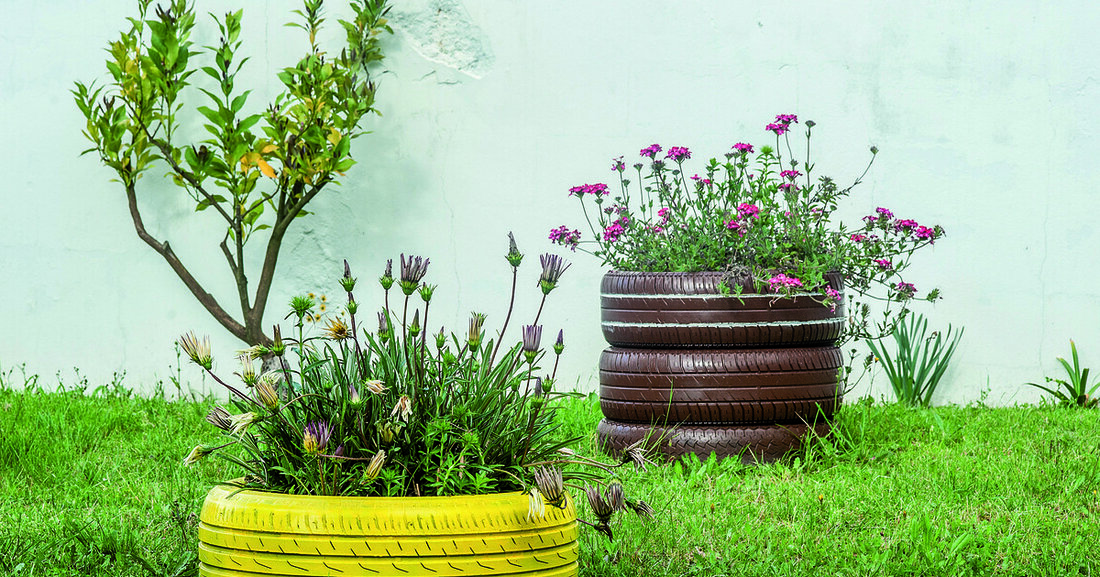Car tires: The green” rubbers
Tire manufacturers are trying hard to make the tires of tomorrow as sustainably as possible.

Car tires: The green” rubbers
Weather extremes and natural disasters are increasingly showing us that climate change is in full swing. The automotive industry and its products are considered a significant CO2-Producers, countermeasures must therefore be taken. Because products that harm the environment are becoming increasingly difficult to sell. The tire industry is also putting a lot of emphasis on sustainability and is trying, sometimes with great effort, to make the rubber as green as possible. There are various approaches, all of which contribute to ensuring that the tire industry's ecological footprint will continue to decrease significantly in the coming years. A few examples.
The easiest way to save fuel and therefore increase efficiency is to build tires that weigh less, have less air resistance and roll better. Every manufacturer strives to combine all these conflicting objectives as best as possible. Bridgestone, for example, relies on Enliten technology to make their tires lighter, as this reduces fuel consumption and thus CO2-Emission is reduced. Continental has been researching “Traxagum” for years, a rubber made from dandelion roots that is intended to replace natural rubber from rubber trees in the long term – together with synthetic rubber from the laboratory. The first bicycle tires based on this technology are already available on the market. Sumitomo Rubber Industries (the parent company of Falken tires) is taking a similar approach: Japanese researchers are currently developing a process that will modify tomato enzymes so that they can produce natural rubber. The resulting biomolecule even has better properties for tires than those made from natural rubber.
There are many different raw materials in tires. Through targeted recycling, these can be used again for new tires or other rubber-based products. Next year, the French manufacturer Michelin wants to bring around 30,000 tons of used tires per year back into the economic cycle with its own recycling plant in South America. According to the company, around 90 percent of an old heavy-duty tire can be recovered. The remaining ten percent flows back into the production of heat and electricity for the factory’s own needs. Goodyear takes a similar approach. The American manufacturer is researching tires that can be made from 100 percent sustainable materials. Goodyear has already shown a prototype: The tire already consists of 70 percent sustainable materials, some of which are completely new to the tire industry. An example: sustainable silica. This is used in tire manufacturing to improve grip and reduce fuel consumption. Goodyear's sustainable silica is derived from rice husk ash, which is commonly disposed of in landfills as a byproduct of rice production. Here it comes back into the economic cycle as high-quality silica.

 Suche
Suche
 Mein Konto
Mein Konto